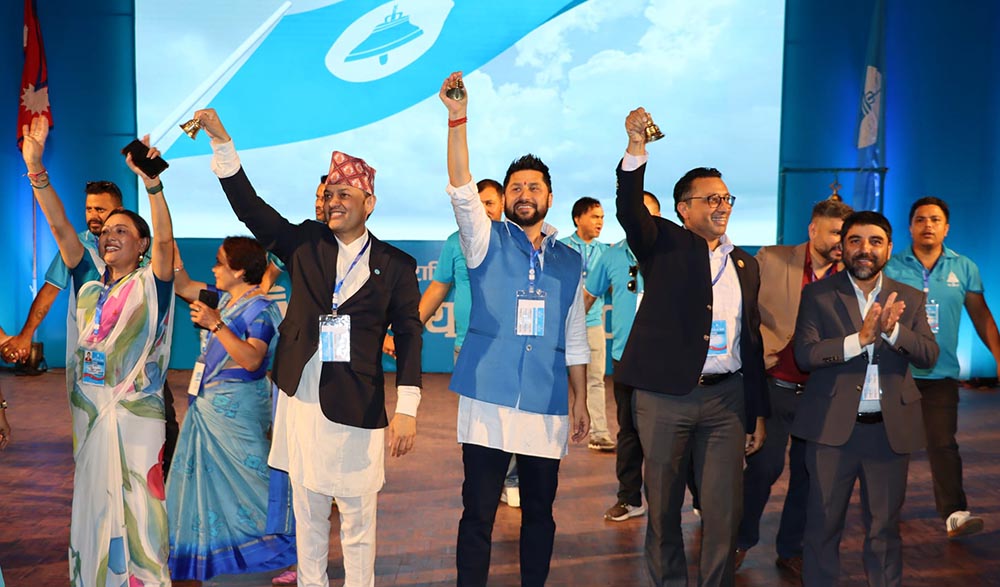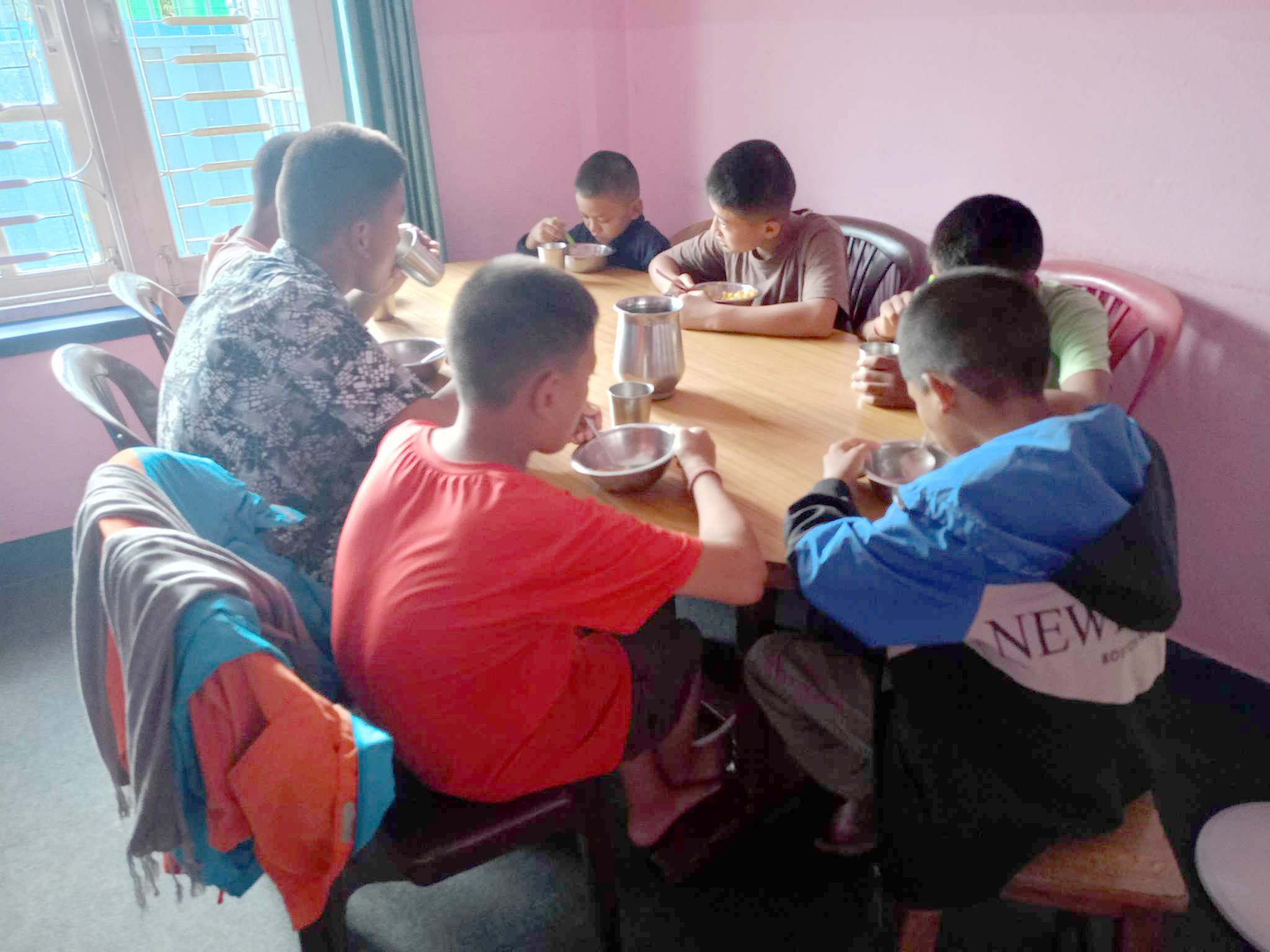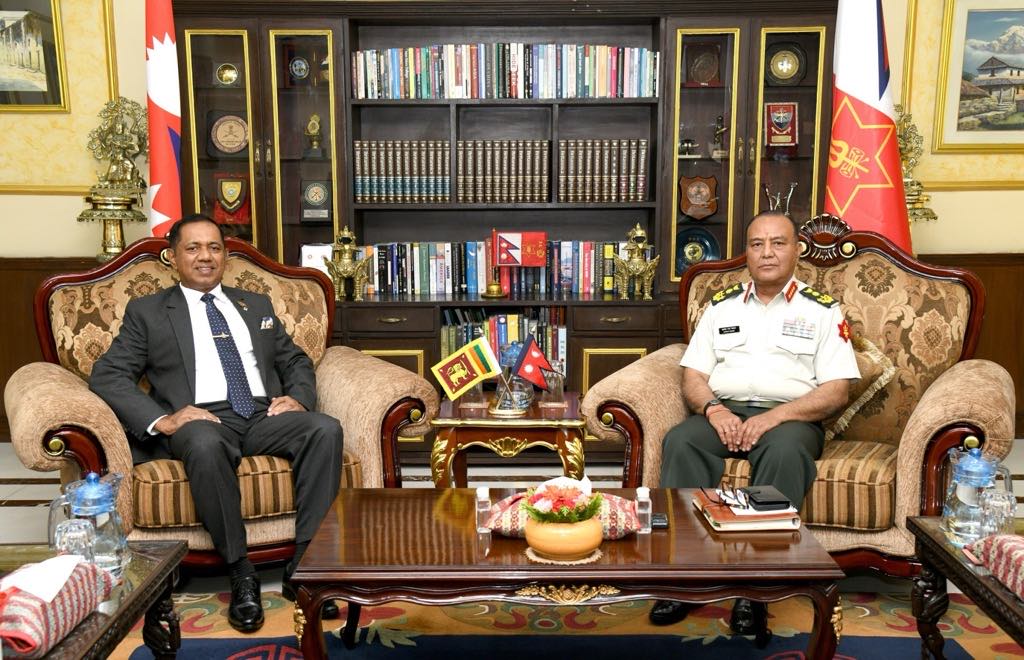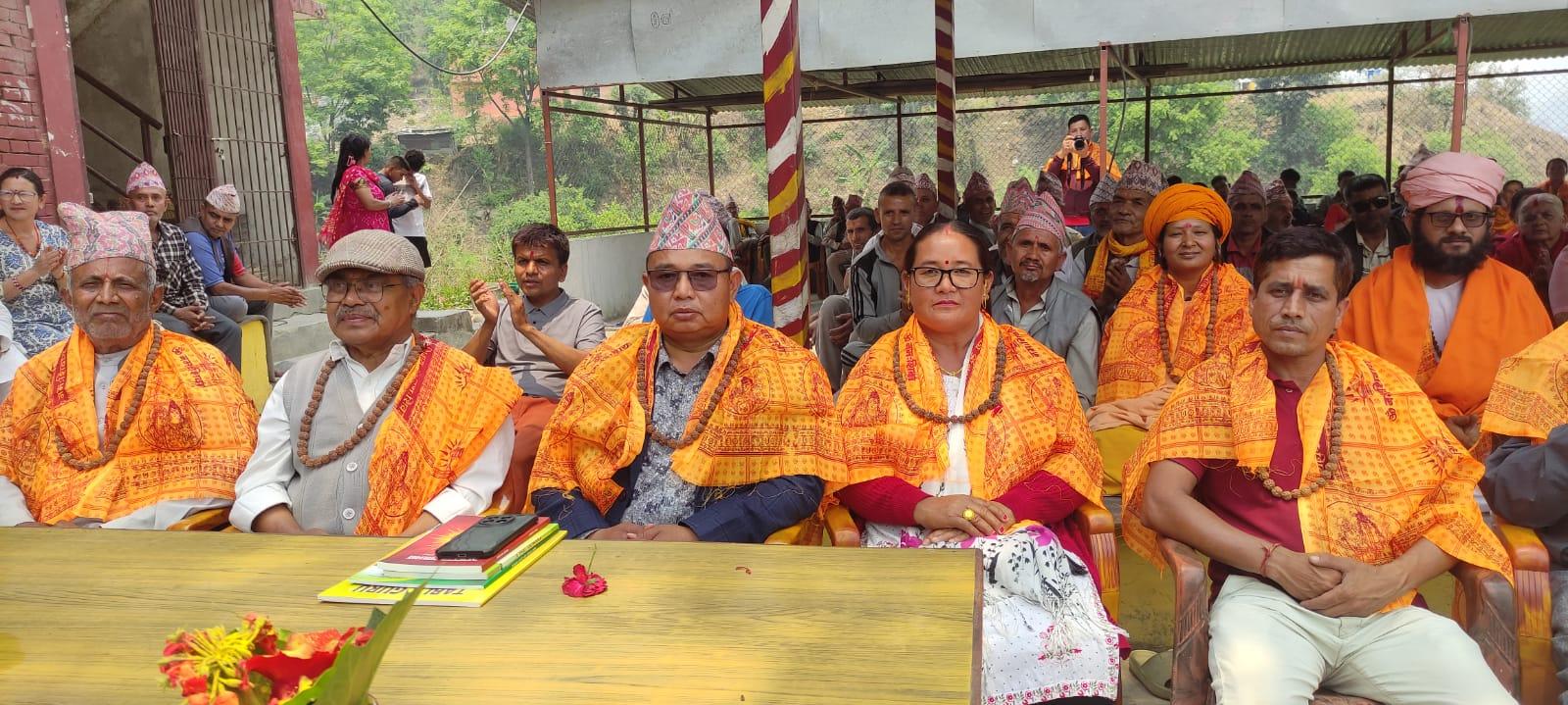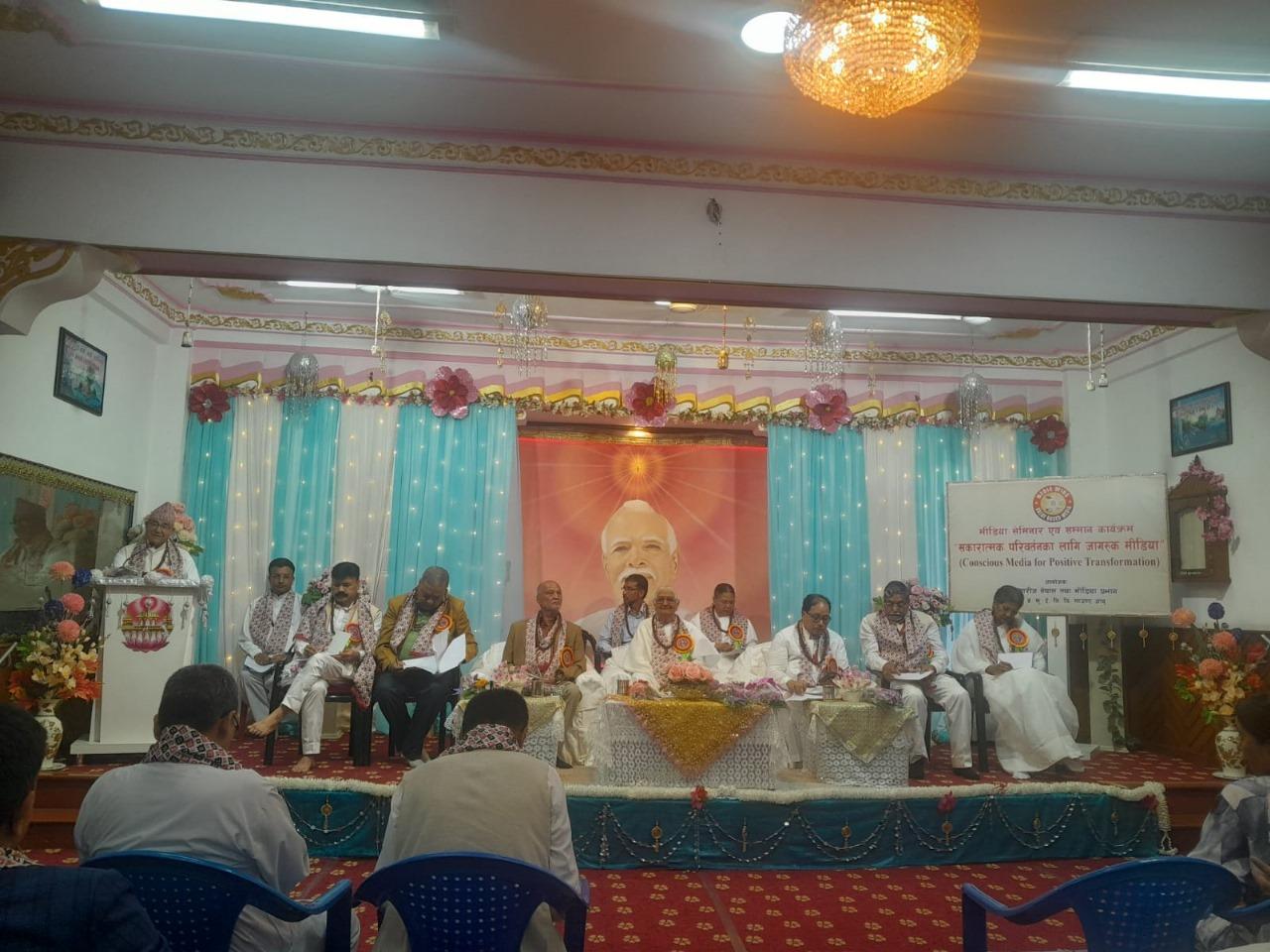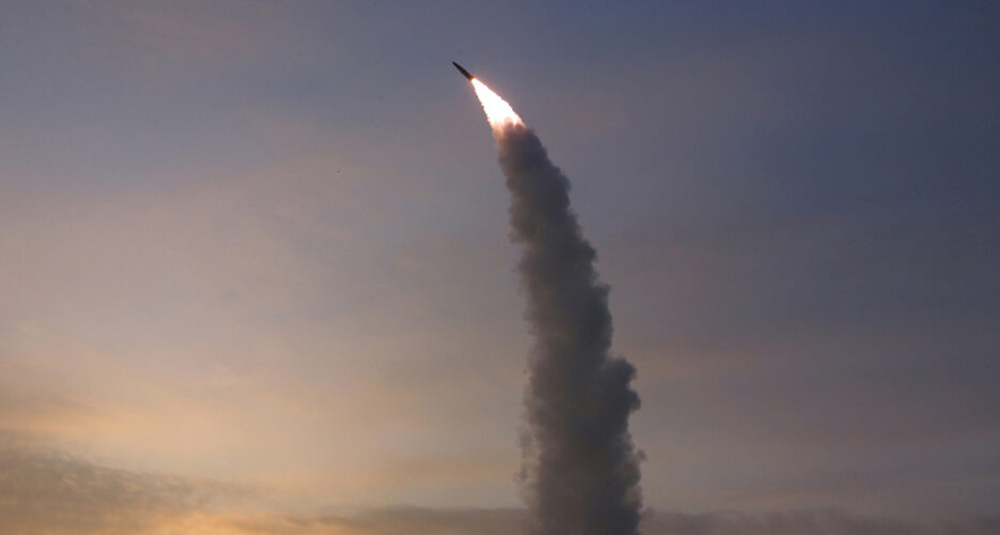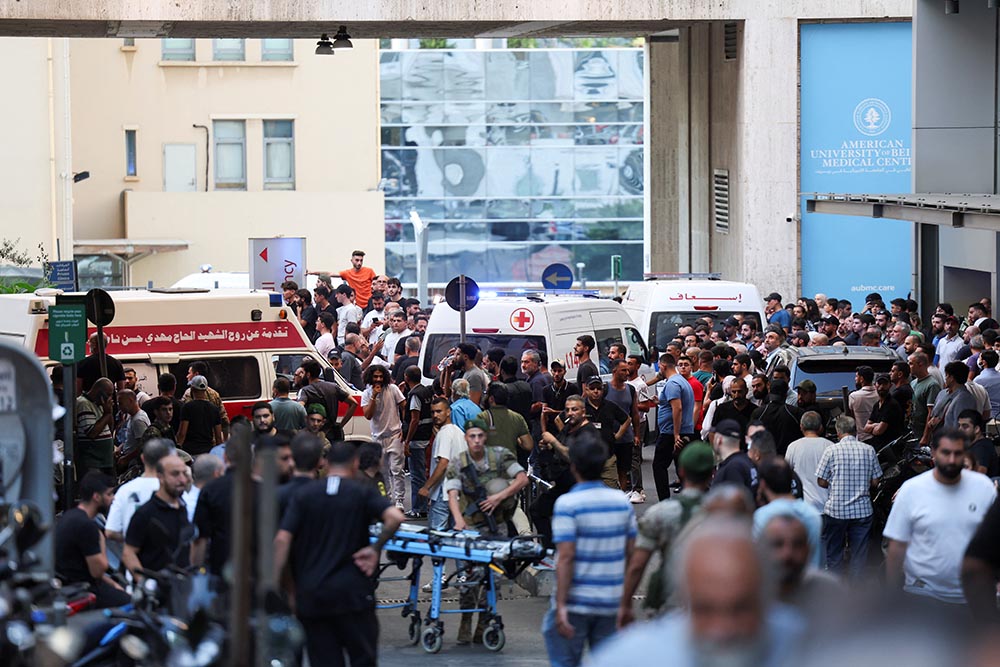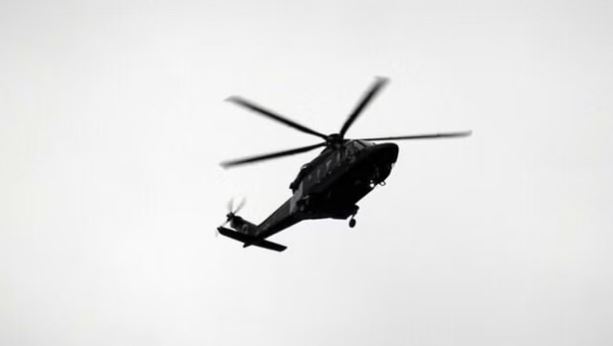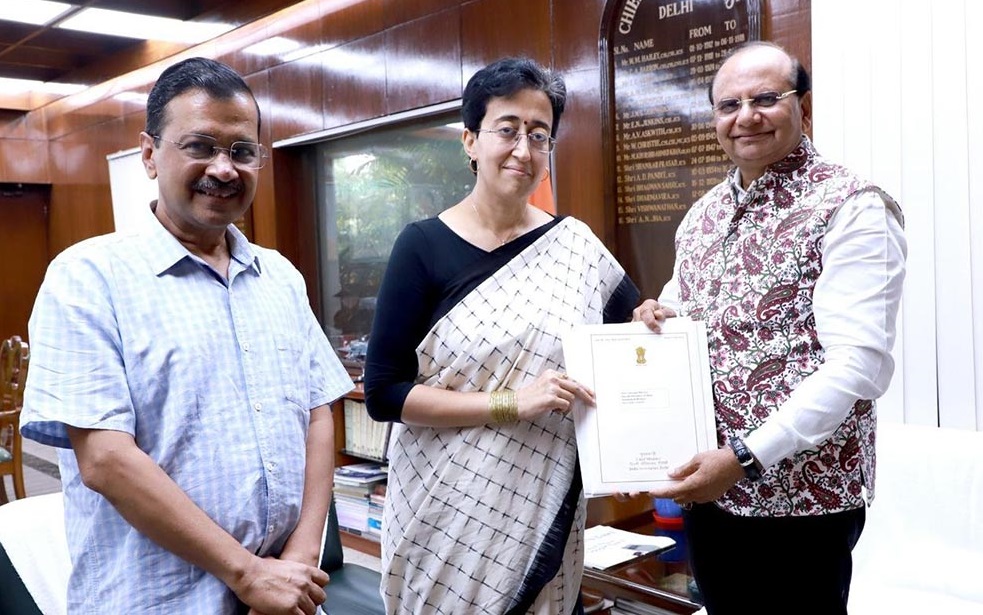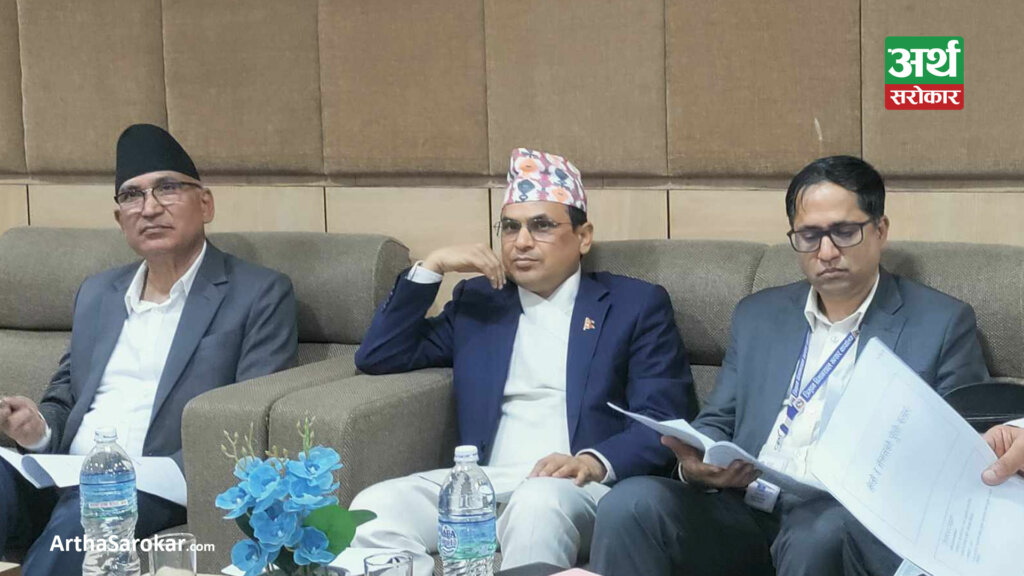Strategies to counter engineered agitations
Engineered agitations threaten national security and public order India, the world’s largest democracy, has recently been besieged by protests and agitations that, while cloaked in the language of democracy, often disrupt public life and challenge the legitimacy of elected governments. Peaceful protests are a cornerstone of democracy. But these rights are being hijacked by organized […] The post Strategies to counter engineered agitations appeared first on PGurus.


Engineered agitations threaten national security and public order
India, the world’s largest democracy, has recently been besieged by protests and agitations that, while cloaked in the language of democracy, often disrupt public life and challenge the legitimacy of elected governments.
Peaceful protests are a cornerstone of democracy. But these rights are being hijacked by organized groups, often with foreign backing. Such engineered agitations gravely threaten national security and public order.
The farmer protests against the 3 farm laws and the agitation against the CAA (Citizenship Amendment Act) are glaring examples.
These agitations, driven by well-funded lobbies and external influences, have created misleading narratives of widespread dissent, within India and abroad, hurting the national interests.
To counter such engineered agitations, the government must adopt an increasingly decisive, multi-pronged approach that protects the nation’s interests without giving the impression of undermining democratic rights.
Below are some actionable strategies that can ensure public order while preserving the integrity of our democracy. The government is already following some of these but not with adequate firmness.
Strengthening the legal framework
The government must enact stringent laws that clearly define the boundaries of peaceful protests, delineating what constitutes lawful assembly and when an assembly crosses the line into unlawfulness, esp when it disrupts public order or incites violence.
Such laws should include form, punitive measures against those who organize or fund protests crossing legal boundaries.
The judiciary must ensure that its interpretations of laws prioritize public safety and national security.
Special tribunals/ fast track courts dedicated to ‘protest related cases‘ can be tasked to deliver swift justice, deterring potential agitators.
Additionally, laws that restrict judicial overreach should be considered to protect national interests.
Enhancing law enforcement capabilities
Law enforcement agencies must be trained in modern crowd control techniques, focusing on de-escalation and non-lethal methods. This will prevent protests from turning violent and reduce the likelihood of excessive force being used, which could escalate tensions.
Our intelligence agencies must ramp up efforts to detect and neutralize foreign influences that exploit social media to incite unrest.
Enhanced coordination between intelligence agencies, social media platforms, and law enforcement is critical to identifying and mitigating these threats early.
Judicial review and oversight
Courts must do their part and strike a balance between safeguarding protestors’ rights and maintaining public order. A streamlined judicial review framework that ensures quick resolution of protest-related cases, without compromising fairness, is essential.
Ways must be found such that the judiciary does not expand personal liberties and rights to the point where they infringe on the rights of the broader public. Courts must ensure that their rulings do not empower disruptive elements.
Promoting dialogue and mediation
Institutions should be created to facilitate dialogue between the government, protest leaders, and civil society groups, as a first step before escalation of protests into agitations and court cases. Mediation bodies with representatives from all stakeholders, including disadvantaged communities and smaller interest groups, will ensure that the discourse is not monopolized by powerful lobbies.
Bringing in under-represented groups, such as small farmers or marginalized communities, into these dialogues will ensure that their voices are heard, preventing powerful lobbies from dominating the conversation.
Launching public awareness campaigns
Nationwide campaigns must be launched to educate the public on the legal boundaries of protests and the consequences of unlawful behavior. The silent majority should also be educated to voice their views through media, social media, and other peaceful means when powerful lobbies try to hijack the narratives.
Emphasizing the importance of democracy, peaceful protests, and respect for the rule of law can reduce the ignorant public being dragged into motivated agitations.
The government must actively counter misinformation that fuels engineered agitations by providing clear, factual information through official channels. Engaging with the public on social media is crucial in this endeavor.
Additionally, quick sample surveys by bodies like the National Sample Survey Organisation (NSSO) can gauge public sentiments on contentious issues and help dispel misinformation.
Regulating social media
The government should partner with social media companies to enforce stricter content moderation policies, preventing the spread of inflammatory or mischievous content and foreign influence in protest mobilizations.
The government should establish a dedicated task force to monitor social media in real-time, particularly during sensitive periods. This will help in identifying and mitigating potential threats before they escalate.
Targeting agitation financing
The government should implement stricter regulations on the funding of protests, with enhanced scrutiny of the sources of these funds. Monitoring financial flows, especially those with foreign connections, can curb the ability of agitators to sustain their activities.
Legal provisions must allow the freezing and seizure of assets belonging to individuals or organizations found to be financing unlawful protests, particularly when foreign involvement is detected.
Regional and international cooperation
The government must engage diplomatically to counter foreign interference in domestic protests. This could involve intelligence sharing, coordinated legal actions, and leveraging international forums to address these issues.
The government should explore avenues for cross-border legal actions against entities orchestrating or funding engineered agitations from abroad. Confronting foreign powers on these issues directly will give India the upper hand in maintaining its sovereignty.
To effectively counter-engineered agitations, India requires a robust approach that integrates legal, judicial, and enforcement strategies with public education and international cooperation. It’s the responsibility of governments to safeguard democratic values, maintain public order, and protect the rights of all citizens, not just the ones who agitate.
The right to protest must be respected, but it must be only permitted to be exercised responsibly, without jeopardizing the stability and progress of our nation.
Note:
1. Text in Blue points to additional data on the topic.
2. The views expressed here are those of the author and do not necessarily represent or reflect the views of PGurus.
For all the latest updates, download PGurus App.
The post Strategies to counter engineered agitations appeared first on PGurus.
What's Your Reaction?














